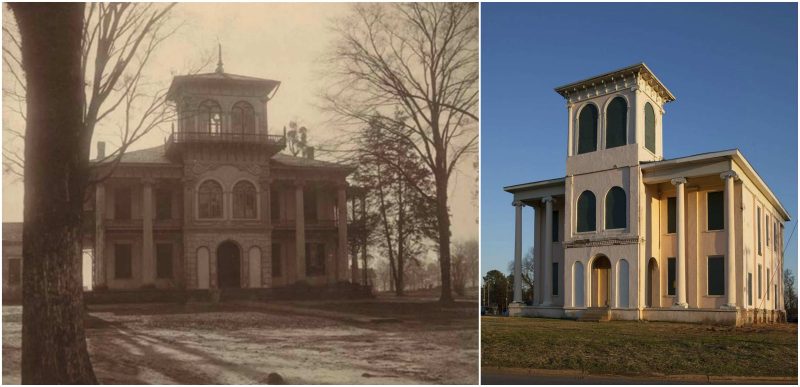The Drish House, a historic plantation house located in Tuscaloosa, Alabama, United States; also known as the Dr. R. Drish House, has had a very colorful history ranging from slave artisans to creepy ghost stories spanning over the last few centuries of its existence.
Preservationists of the Alabama state speak very highly of this estate and consider the Drish House a mixture of the Italianate styles and Green revival in the entire state.
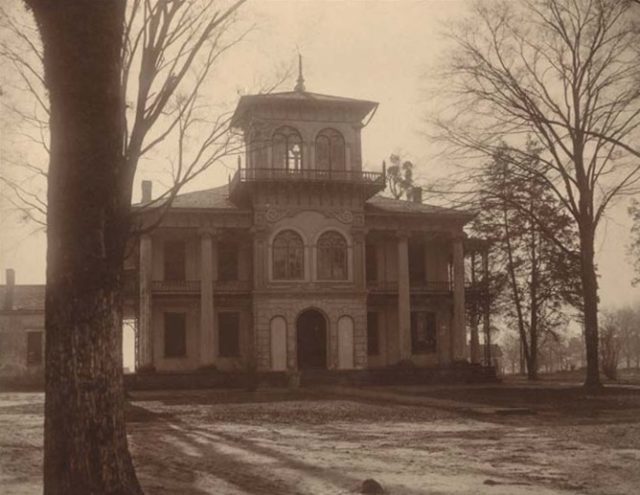
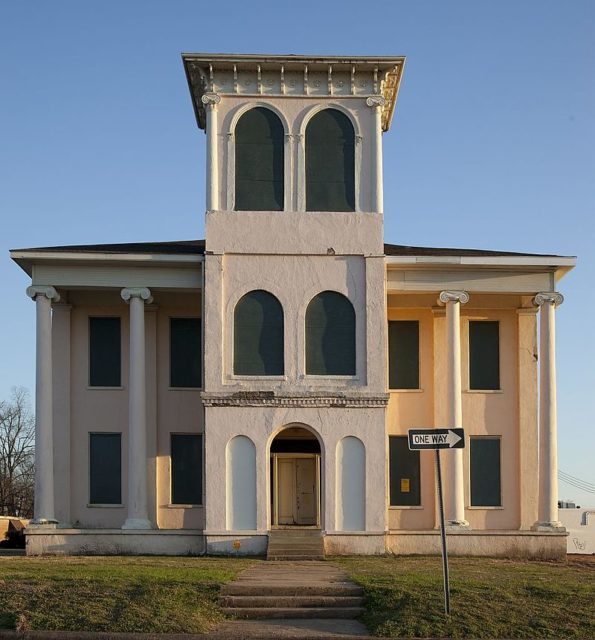
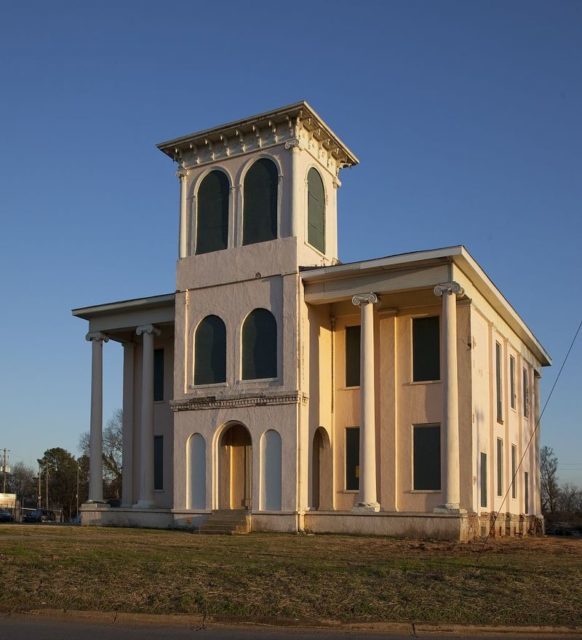
Since the early 20th century a number of eye witness accounts have suggested that the Drish House is haunted. The ghost sightings include seeing the tower on the third story on fire, with no traces of any fire or other floors of the building. Some people in the past have also reported to have seen strange ghostly lights emitting from the top of the building and going straight up into the clouds. The haunting reputation of the Drish House also contributed in securing it a place in 13 Alabama Ghosts and Jefferey by Kathryn Tucker Windham and Margaret Gillis Figh.
The origin story of the Drish House goes as far back as 1837; when the stuccoed brick building was constructed at the centre of a large 450-acre plantation right at the edge of the town on the behest of Dr. John R. Drish. A native of Virginia, Dr. Drish had moved to Tuscaloosa sometime in 1822 and was amongst the very earliest settlers. Dr. Drish was a widower, and after staying unmarried for some time decided to marry in 1835 to another wealthy widow Sarah Owen McKinney. By the time Dr. Drish got married, he had already established himself as a successful physician and was working as a building contractor employing a number of skillful slave artisans. Drish’s slaves had executed a big section of the early plasterwork in Tuscaloosa for many settlers in the region.
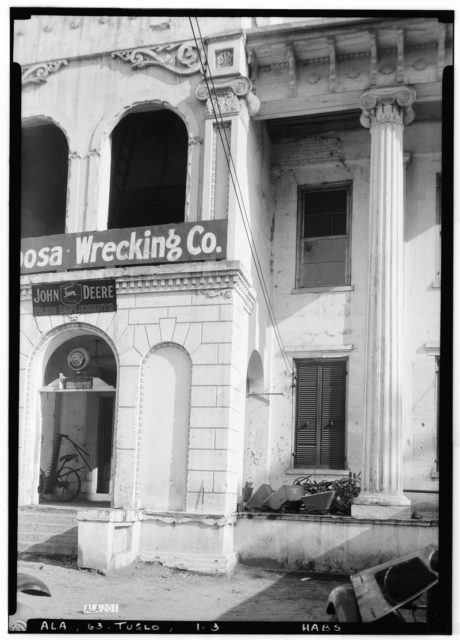
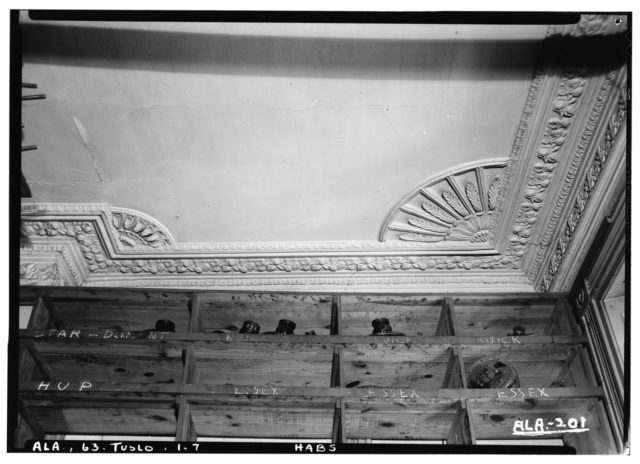
Drish House had its first incarnation courtesy of Drish’s many slave artisans, and the credit of its early architecture goes to renowned architect William Nichols. When completed in 1837 the exterior section of the house featured a large Doric Porticoes to the area and front along with two-story pilasters that divided each bay of the building on all four sides. Prior to the outbreak of American Civil War, the house went under extensive remodeling in the Italianate-style. It was during this renovation the characteristic three-story brick tower was added to the structure. The front column of the building was changed to the Ionic order, and new brackets were added to the overhangs and eaves.
Dr. John Drish died in the year 1867; he had reportedly slipped down the stairway and hit himself on the head; whereas Mrs. Sarah Drish died a few of decades later in 1884. The story of the Drish House did not end with the death of Dr and Mrs Drish, it changed a few hands after the death of Mrs. Drish. While people were still residing in the building the surrounding area was scaled, subdivided and then sold, it was reportedly the first major Tuscaloosa’s expansion.
The next major ownership of the Drish House came when Tuscaloosa Board of Education bought the structure and opened the Jemison School in the building in the year 1906. The school did not last very long in the Drish House and was shut down in 1926. It was then purchased by Charles Turner’s Wrecking Company, who decided to use it as a parts warehouse; a status much in contrast to its previous ownerships. The famous photograph of the Drish House taken in 1936 to be displayed at the Metropolitan Museum of Art, was taken by the photographer Walker Evans in 1936; Drish House was used as the parts warehouse during that time.
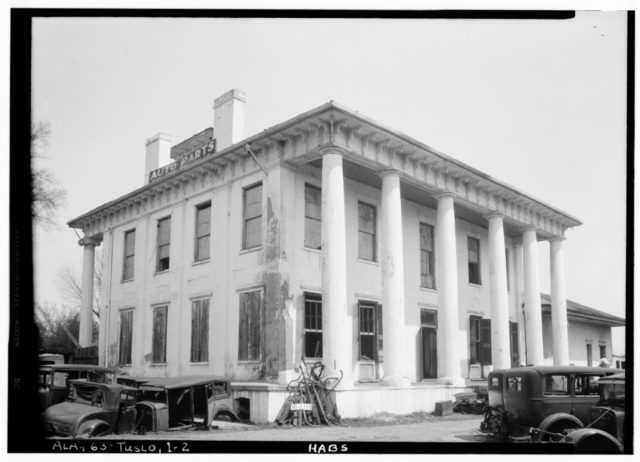
Southside Baptist Church purchased the Drish House in 1940 and decided to renovate the structure according to their needs. The church had decided to add a sanctuary sharing the same boundary as the main house and also a Sunday school on the other side of the house. All through the rest of the 20th century, the Drish House was retained by the Southside Baptist Church. The real threat to the Drish House existence came in 1994 when plans started surfacing of its demolition when Southside Baptist was on the verge of being defunct. However, a lease to the Heritage Commission of Tuscaloosa County by some of the former members eventually saved the house from certain destruction.
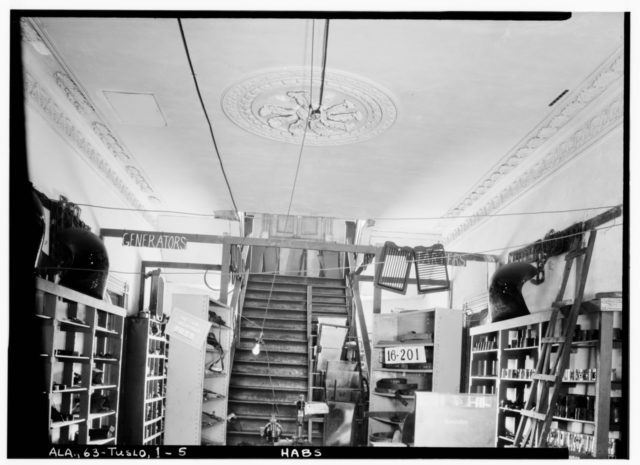
By the time 2006 rolled in, Drish House had effectively lost most of its grandeur and was officially listed as one of the ‘Places in Peril’ by the Alabama Trust for Historic Preservation and Alabama Historical Commission. In July 2007, the house was deeded to the safe custody of Tuscaloosa County Preservation Society. After taken the custody of Drish House the TC Preservation Society has been very active in its efforts to stabilize the main structure and is hoping to raise enough funds to carry out the eventual restoration of the complex to bring back its lost glory.
